Autumn is a season of transition—cooler temperatures, shorter days, and falling leaves signal the end of summer’s growing frenzy. For gardeners, this seasonal shift brings unique challenges, particularly in container gardening. Maintaining consistent soil moisture, protecting plants from early frosts, and managing slower growth can be tricky. This is where self-watering pots become an invaluable tool, providing a simple and efficient way to maintain plant health while reducing maintenance.
This article explores why self-watering pots are ideal for autumn, how they work, the types of plants best suited for them, and tips to maximize their effectiveness for beautiful, thriving fall gardens.
Understanding Self-Watering Pots
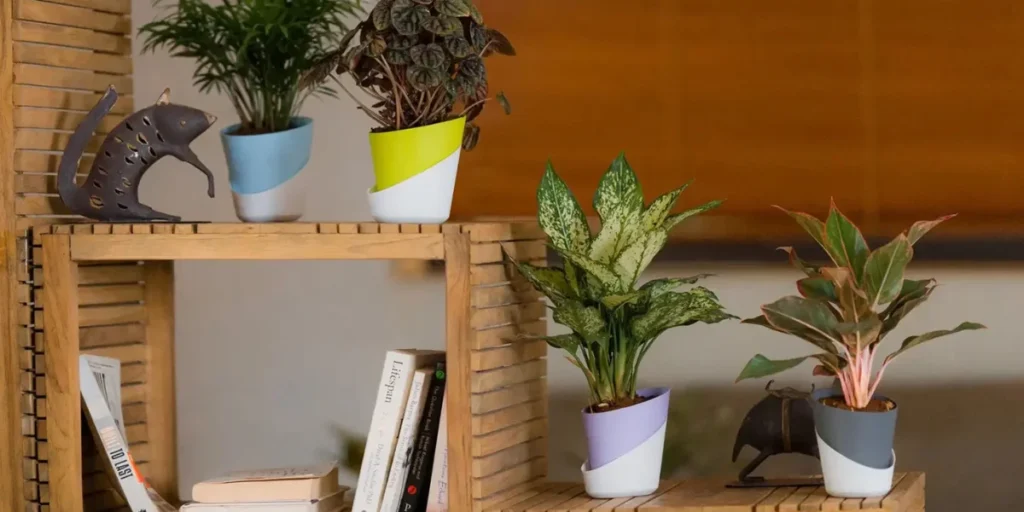
Self-watering pots are designed to supply water to plants gradually and efficiently, ensuring roots receive consistent moisture without the risk of overwatering.
Key Features:
- Reservoir System: A built-in water reservoir beneath the soil stores water and allows plants to draw moisture as needed.
- Wicking Mechanism: A wick or capillary action draws water from the reservoir into the soil.
- Reduced Watering Frequency: Gardeners can fill the reservoir and trust the plant to regulate its own water intake.
- Improved Root Health: Prevents dry soil stress and encourages deep root growth without waterlogging.
Self-watering pots are particularly beneficial in autumn, when cooler temperatures slow evaporation and rainfall may be inconsistent.
Benefits of Self-Watering Pots in Autumn
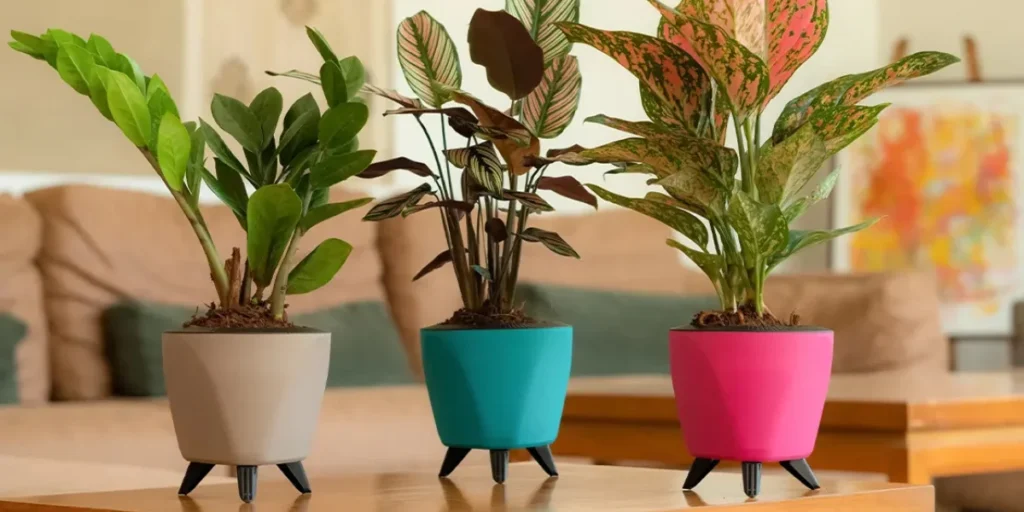
1. Consistent Moisture During Cooler Days
Fall brings fluctuating temperatures and reduced sunlight, which can cause soil in regular pots to dry unevenly or become waterlogged. Self-watering pots provide steady moisture, reducing stress on plants and preventing problems such as:
- Root dehydration during dry spells
- Overwatering due to irregular rainfall
- Soil compaction from frequent top watering
2. Less Frequent Maintenance
Autumn often comes with busier schedules and unpredictable weather. Self-watering pots reduce the need for daily watering, allowing gardeners to enjoy their fall arrangements with minimal maintenance. This is particularly useful for:
- Urban gardeners with limited time
- Balcony or rooftop gardeners where watering can be challenging
- Gardeners managing multiple container arrangements
3. Healthier Roots and Reduced Risk of Disease
Self-watering pots promote deep root growth, as plants can access water from the reservoir gradually. Unlike surface watering, this encourages roots to penetrate downward rather than staying near the soil surface. Benefits include:
- Stronger, more resilient plants
- Lower risk of root rot, since the soil remains evenly moist but not saturated
- Reduced fungal problems caused by excess surface moisture
4. Ideal for Cool-Season Plants
Many fall-friendly plants thrive in moderate moisture levels. Self-watering pots are particularly suited to:
- Chrysanthemums: Maintain vibrant blooms without wilting
- Ornamental kale and cabbage: Develop crisp, colorful leaves
- Leafy greens like lettuce, spinach, and Swiss chard: Avoid bitterness from inconsistent watering
- Herbs such as parsley, thyme, and sage: Grow lush foliage for autumn harvests
By providing consistent hydration, self-watering pots help these plants flourish during cooler, shorter days.
How Self-Watering Pots Work
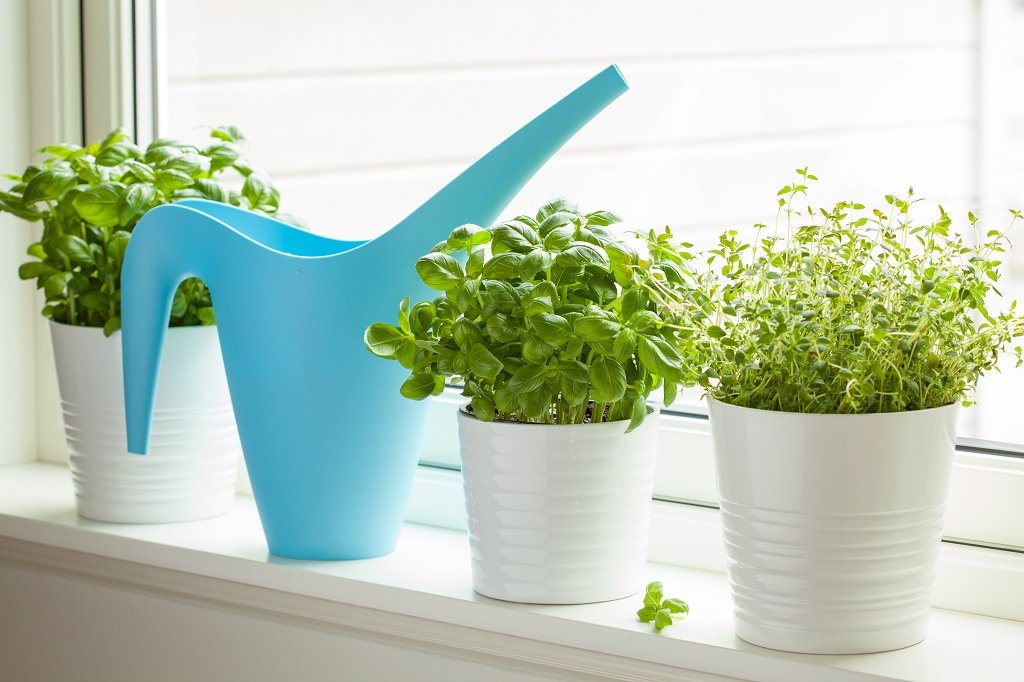
Understanding how self-watering pots function is key to maximizing their benefits:
- Water Reservoir: Typically located at the bottom of the pot, it stores excess water, which plants can access gradually.
- Wicking Layer or Wick Tube: Draws water upward into the soil using capillary action, ensuring even distribution throughout the root zone.
- Overflow Hole: Prevents overfilling and ensures proper aeration in the soil.
- Soil Layer: Designed to remain moist without becoming waterlogged, ideal for slow-growing autumn plants.
Tip: Monitor the reservoir periodically, especially during cooler months when plants use less water, to avoid stagnant water accumulation.
Choosing the Right Plants for Autumn Self-Watering Pots
Self-watering pots are versatile, but selecting plants suited for autumn ensures optimal results.
1. Fall Flowers
- Chrysanthemums: Long-lasting, vibrant blooms in red, yellow, and orange
- Pansies: Hardy and frost-tolerant flowers
- Asters: Add texture and color with minimal care
2. Foliage Plants
- Ornamental Kale and Cabbage: Colorful leaves improve with cooler temperatures
- Heuchera (Coral Bells): Bold foliage with shades of burgundy, orange, and green
3. Herbs and Edibles
- Parsley, Thyme, and Sage: Provide fresh culinary ingredients
- Leafy Greens: Lettuce, spinach, and Swiss chard thrive in controlled moisture
Tip: Mix flowers, foliage, and herbs in one pot for both beauty and utility. The consistent hydration supports healthy growth across all types.
Design Tips for Fall Container Arrangements Using Self-Watering Pots
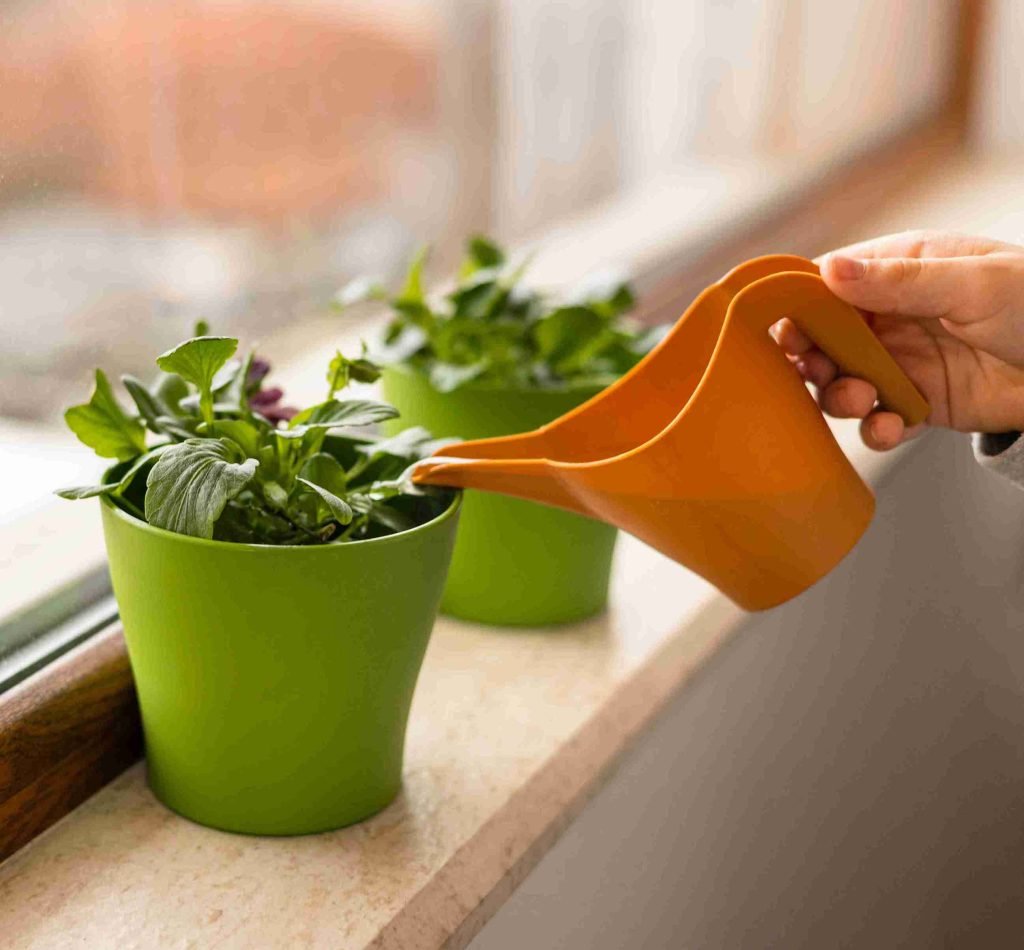
Creating visually appealing autumn containers in self-watering pots involves layering, color coordination, and creative accessories:
- Thriller, Filler, Spiller Technique:
- Thriller: Tall plants like ornamental grasses or mums for height
- Filler: Medium-height flowers and foliage for fullness
- Spiller: Trailing plants like ivy or creeping Jenny to cascade over edges
- Color Coordination:
- Combine warm tones (orange, red, yellow) with deep green foliage
- Add silver-gray plants like dusty miller for contrast
- Decorative Accents:
- Include mini pumpkins, gourds, pinecones, or autumn-themed ornaments
- Use rustic containers or decorative mulch to enhance seasonal charm
- Container Placement:
- Place pots in areas with partial to full sun, depending on plant type
- Use elevated positions to enhance air circulation and reduce frost risk
Maintenance Tips for Autumn Self-Watering Pots
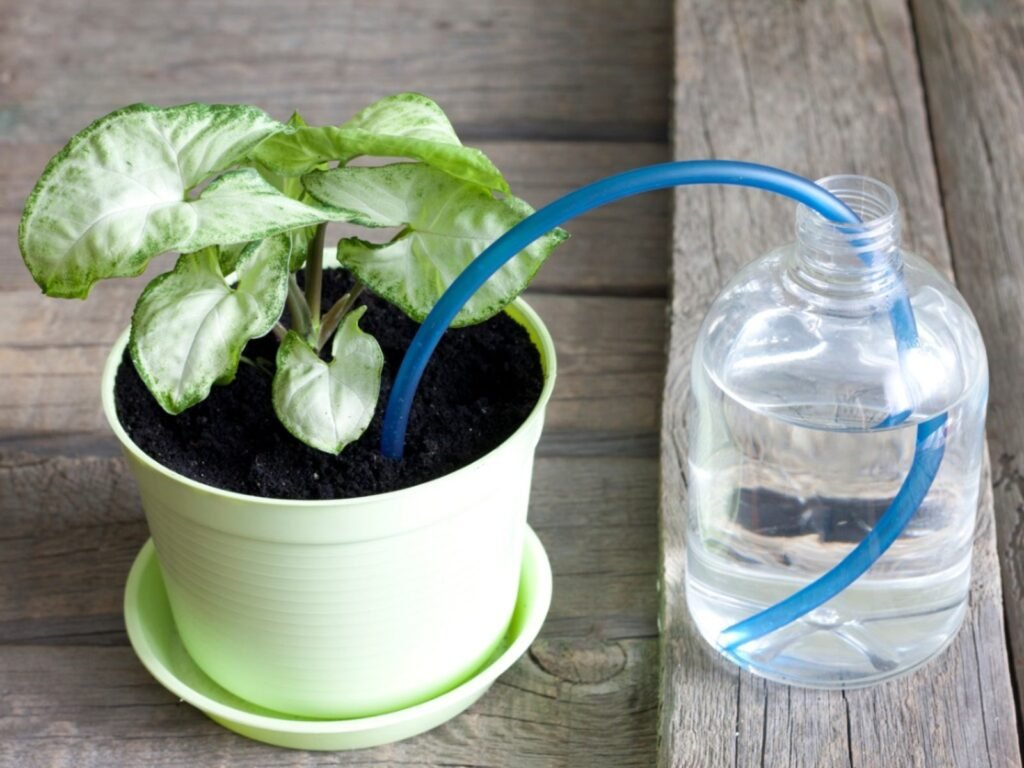
Although self-watering pots reduce maintenance, some care is still needed:
- Check Water Levels: Refill the reservoir as needed, especially during dry spells.
- Clean Reservoirs: Prevent algae buildup by rinsing the reservoir periodically.
- Monitor Soil Moisture: Ensure soil remains moist but not soggy.
- Prune and Deadhead: Remove faded flowers and trim leggy growth for continued vigor.
- Protect from Frost: Move pots to sheltered areas or cover plants during early frost events.
By following these practices, self-watering pots can maintain vibrant, healthy plants throughout the entire fall season.
Environmental and Practical Benefits
- Water Conservation: Self-watering pots reduce water waste by delivering moisture directly to roots.
- Urban Gardening: Ideal for apartments, balconies, and rooftops where irrigation can be challenging.
- Pest Reduction: Elevated soil and consistent moisture reduce common container garden pests.
- Aesthetic Appeal: Supports lush, full plants with vibrant fall colors and textures.
Self-watering pots make autumn gardening both efficient and environmentally friendly, providing healthy plants with minimal effort.
Final Thoughts
Autumn presents unique challenges for gardeners, from fluctuating temperatures to reduced daylight and irregular rainfall. Self-watering pots address these challenges by providing consistent moisture, promoting strong root systems, reducing maintenance, and supporting the growth of fall-friendly plants.
From chrysanthemums and pansies to ornamental kale, herbs, and leafy greens, self-watering containers help plants thrive during cooler months while creating beautiful, colorful, and sustainable fall displays. By combining design principles such as the thriller-filler-spiller technique, seasonal color coordination, and decorative accents, gardeners can transform self-watering pots into stunning autumn arrangements that require minimal effort yet provide maximum visual and functional impact.
Whether for a balcony, patio, or urban garden, self-watering pots make autumn container gardening easier, more efficient, and visually rewarding, ensuring your plants stay healthy, hydrated, and vibrant all season long.
